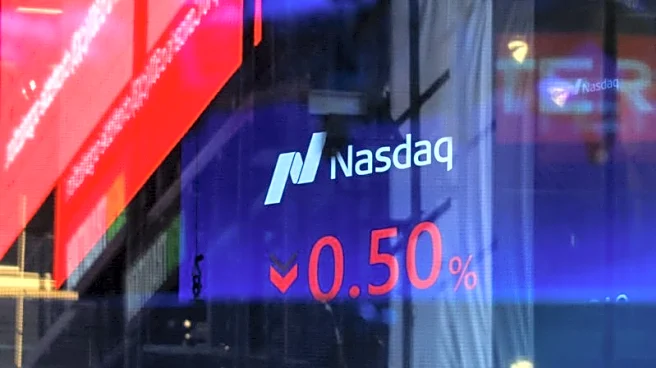What's Happening?
Buy now, pay later (BNPL) loans have gained significant popularity among consumers as an alternative to traditional credit cards. These loans allow consumers to split purchases into short-term, interest-free installments. According to eMarketer, approximately 86.5 million Americans used BNPL services in 2024, with projections suggesting this number could rise to 91.5 million in 2025. Companies like Affirm and Klarna are leading this trend, with nearly half of Americans having used such services at least once. However, traditional financial institutions, including banks and credit card companies, are wary of this trend. They view BNPL as a threat to their revenue streams, as it reduces card transaction activity and utilization, which are major revenue drivers. Additionally, there are concerns about the lack of visibility into consumers' credit profiles when using BNPL services.
Why It's Important?
The rise of BNPL services represents a significant shift in consumer finance, challenging the traditional credit card industry. This trend could lead to decreased revenue for banks and credit card companies, as consumers opt for interest-free installment plans over credit card purchases. The growing popularity of BNPL services also raises concerns about consumer credit quality, as these loans may not be reflected in traditional credit assessments. This could impact financial institutions' ability to accurately assess credit risk, potentially leading to broader implications for the financial sector. As BNPL services continue to grow, traditional lenders may need to adapt their strategies to remain competitive and address the challenges posed by this emerging trend.
What's Next?
Financial institutions may need to innovate and offer competitive alternatives to BNPL services to retain customers. This could involve developing new financial products or partnerships with BNPL providers. Additionally, regulatory scrutiny of BNPL services may increase as their impact on consumer credit profiles becomes more apparent. Stakeholders in the financial industry will likely monitor these developments closely to understand the long-term implications for credit markets and consumer behavior.












